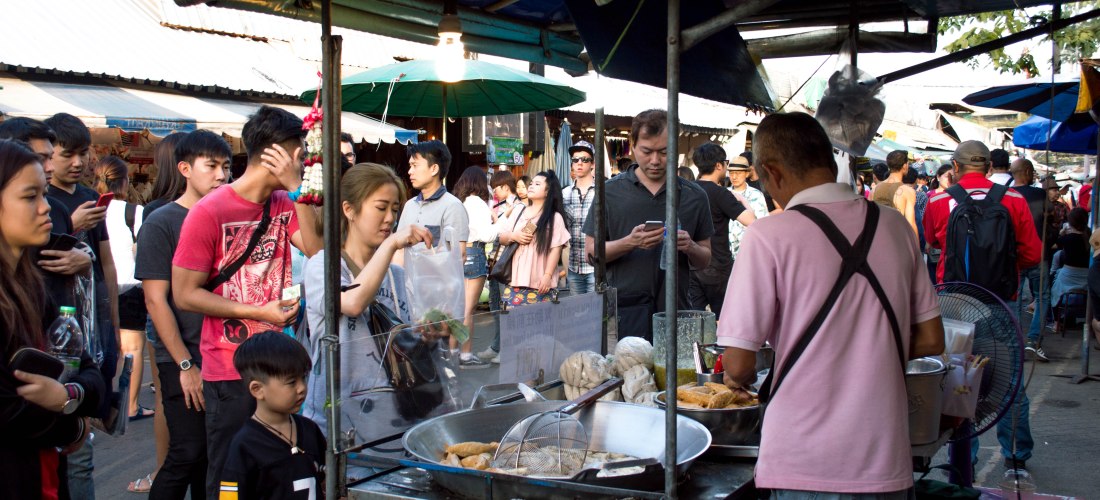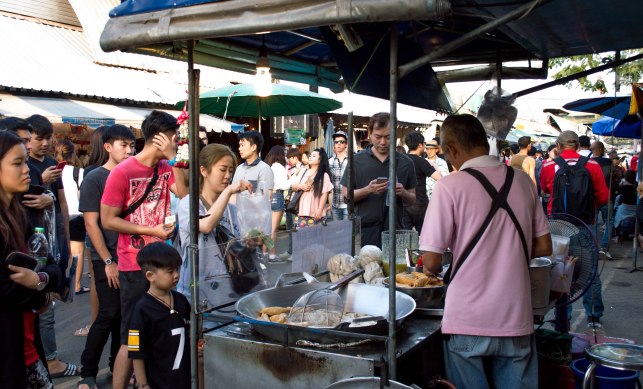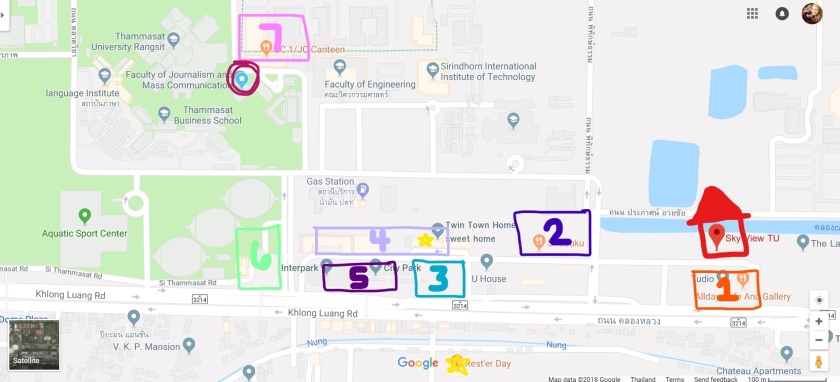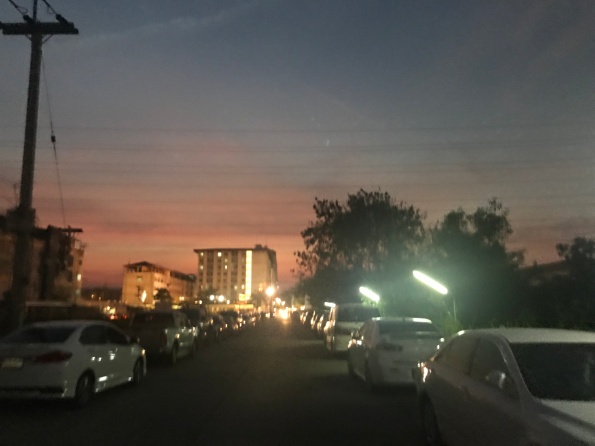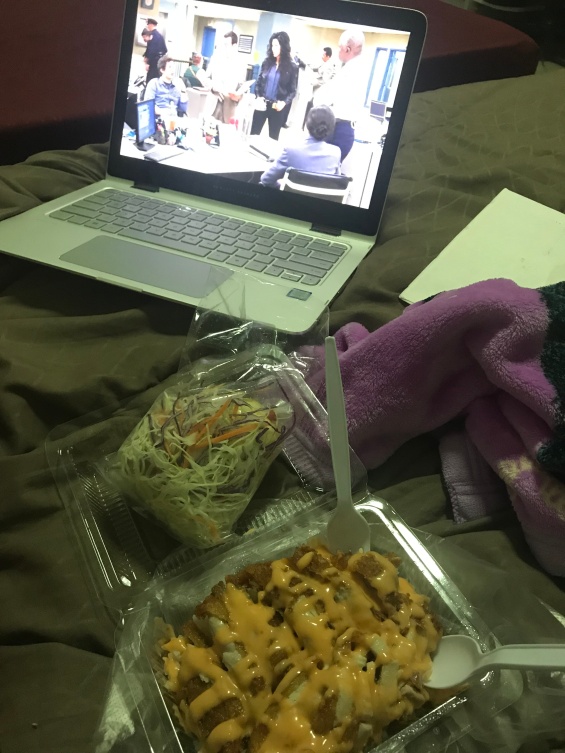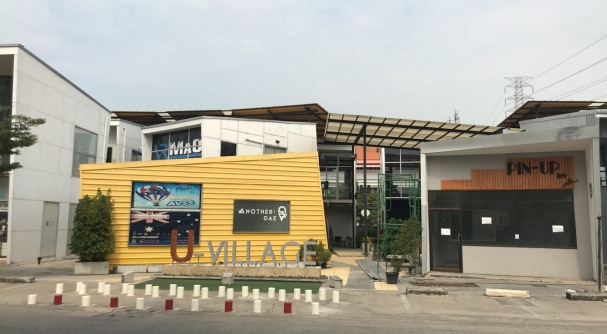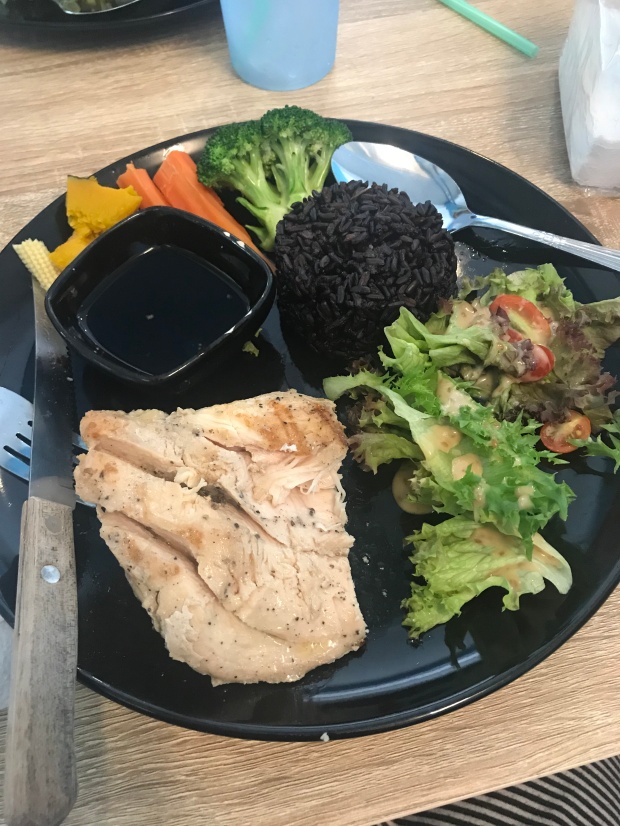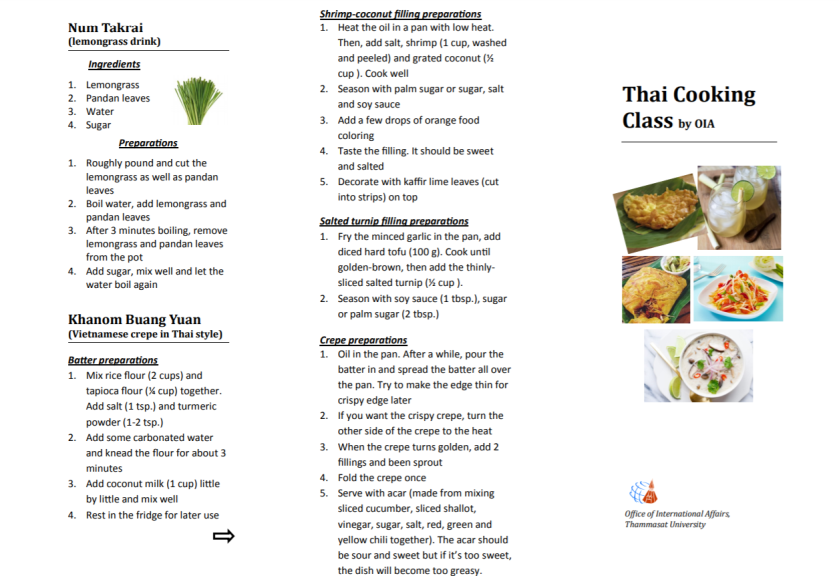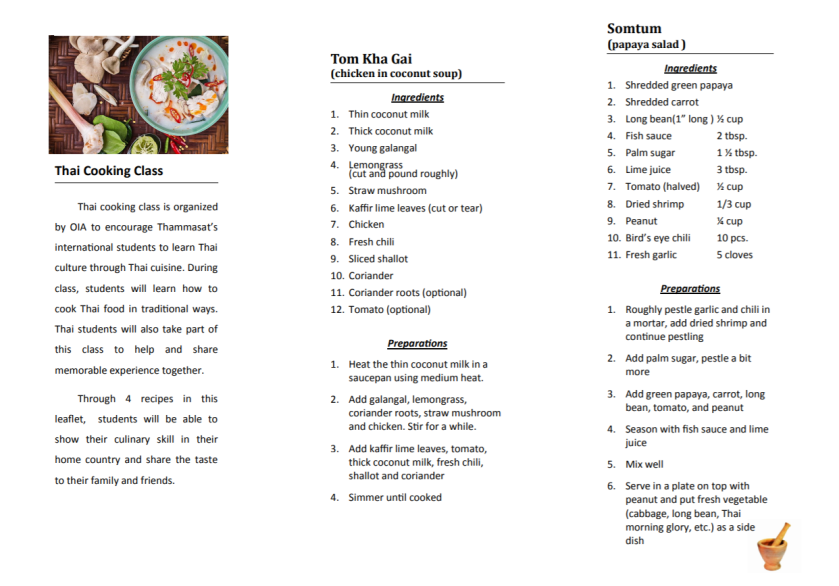I think I’ve come up with fifty different ways I’d like to start this blog post in the last few days. As always, I began mentally writing it from the moment I hopped in the taxi to get to the airport. I’m just not sure if my usual post style is right for how much of an impact Cambodia had on me. But, I’ll write as I reflect and try to find the words I need to internalize my experiences. I only spent four days here, but Cambodia still managed to touch my heart in a way no other country has yet.
Arriving in Siem Reap was a lot like arriving anywhere else. We (Gabby and I) stood in lots of lines to go through all the customs and security measures necessary, I withdrew money from the ATM, and found a drive to the hostel. My two nights in the hostel at Siem Reap came with enough stories to be its own blog post entirely, and I don’t want the craziness of those stories to take away from how powerful this trip was for me so I will save them for another time. But I will say, for how terrible my nights at this hostel were, it really says something for Cambodia because I still absolutely loved this trip.

Funky Flashpacker Hostel (No, not recommended but pretty sky)
In Siem Reap, we spent the day exploring a maze of temples thanks to a tuk-tuk driver we hired as our tour for the day. All the lesser known temples were the ones I really enjoyed. Baphuon was my personal favorite because there were so few people there and the restrictions of where you could explore were basically nonexistent. The view from the top was incredible and it felt the most authentic with fewer distractions from large tour groups. I’m not even sure of the number of temples I walked through (or the flights of stairs I climbed) exploring the old ruins of Angkor. It was hot and long, but it was a great day. As amazing as Angkor Wat was, I’m keeping this paragraph short because as stunning and interesting as the temples were, the most important moments of the trip, for me, happened in Phnom Penh.

Baphuon

Baphuon

Bayon

South Gate

Angkor Wat

Angkor Wat

Angkor Wat

Bayon

Bayon

bayon

Angkor Wat

Angkor Wat

Angkor Wat
The bus from Siem Reap to Phnom Penh was supposed to take five hours, but ours somehow took more like seven. Our bus ended up having lots of locals riding it who requested stops in the countryside or surrounding area. The A/C was janky and my seat was broken so it leaned further and further back everytime we hit a bump, but once dusk hit and the sun wasn’t boiling me through the window anymore, I started to really appreciate my view of the Cambodian countryside through my bus window. We passed home after home (usually built lifted on stilts) in small rural villages. I saw men taking care of their skinny, white cattle and teens biking vigorously down the road, kids sitting in their dirt yard playing with each other and plenty of women selling fruits and snacks along the roadside. The sunset on this night was particularly beautiful, and if it hadn’t been for the moving bus I would’ve captured a better picture. I found myself falling into a little trance just observing everything go by and wondering what it would be like if the bus stopped, and I could just get out and stay awhile.

Sunset over the Cambodian countryside
Coming off the bus, we were approached by a tuk-tuk driver offering to take us to our hostel. He also asked if we’d like him to take us to the Killing Fields and Genocide Museum in the morning — the two places we really came to Phnom Penh to see. We knew we had the option of booking a van with people from our hostel, but our driver (his name was pronounced Sa-coon, but no clue how to spell that) was so kind and, of course, told us if we hired him we would be helping his children get an education. True or not, you can’t really say no to giving someone’s child a better chance at an education. So, we made plans for him to pick us up in the morning and be our driver for the day.
The next morning, Sacoon was waiting for us outside with a huge smile on his face. In my last two days in Cambodia, I had really begun to notice the smiling faces of every Cambodian person I met. Thailand is called “The Land of Smiles,” but from my experience, Cambodia could also be taking this title. In Thailand, I find so many people are shyer and more reserved. Often, if I approach someone, I’m met instantly with a look of fear, because the person knows I’m about to ask them something in English and it’s intimidating for them if they don’t feel confident in their language skills. I was even turned down at a restaurant once, and while I’m not positive of the reason, the only one I can come up with is because the waitress was scared to attempt to communicate with me. However, in Cambodia, almost everyone I met was excited to speak with me and even if we didn’t talk, we often shared smiles and a head nod. People weren’t afraid to chat with me in English and liked to ask where I was from and what I was doing there. Little kids smiled and waved to you at the market; a monk even initiated a conversation with me at one of the temples in Angkor Wat! If you’re like me and have the habit of looking at passengers in other cars while you’re riding in a vehicle, it’s a very awkward habit to have in Cambodia because almost all the “cars” are tuk-tuks or motorbikes, so looking around you just come face-to-face with another person — but even those moments were usually met with reciprocated smiles. And so I was really feeling connected to Cambodia, simply due to the friendliness and outgoingness of so many of the locals I was encountering.
At our first stop, the Killing Fields, I tried to prepare myself for the tour I was about to take, but little did I know how little I knew about the mass genocide Cambodia experienced during the Khmer Rouge regime in the 1970’s. Here’s what I learned over the weekend…

Killing Fields Monument

Killing Fields
The Khmer Rouge was a communist party that took power of Cambodia for four years during 1975-1979. The leader, Pol Pot, had a vision of bringing Cambodia back to its rural roots. In doing so, the Khmer Rouge killed 1-3 million people, almost 1 in every 4 Cambodian adults and many children as well. How, exactly? Here’s my best understanding…
While fighting the Vietnam War, a war the U.S. claims to have immersed itself in to fight a communist takeover in South Vietnam (we all know this war is largely disputed, but I really can only stick to the basics before getting incredibly confused), the U.S. was also bombing Laos and Cambodia. This war the U.S. refers to as “The Secret War.” But in the words of the genocide survivor who narrated my tour that day, the war was absolutely no secret here in Cambodia, it affected the lives of many every single day. After a while, due to bombing and landmines, the Cambodian countryside became increasingly unliveable and unsafe, thanks to U.S. bombs, so they flocked to the cities for resources.
With the political situation in such a desperate place, Cambodians living in the capital city, Phnom Penh, were joyous when the Khmer Rouge marched into the city to take over, hoping it would mean better lives for all. It was less than three hours later that the Khmer Rouge began forcing everyone living in Phnom Penh, and every major city in Cambodia, to leave and return to the countryside. This was Pol Pot’s attempt at cleansing the country and returning it to the “old people.” Not only were millions of lives lost during this mass exodus from the cities, due to starvation, exhaustion and sickness, the Khmer Rouge took it in their own hands to take the lives of anyone they felt threatened their party. Some of the qualifications of a threat were: living in the city, being educated, being an artist, doctor, business person or journalist, Buddhist monks, wearing glasses, or having soft hands. According to the Khmer Rouge, “It is better to kill an innocent by mistake than spare an enemy by mistake.” Ironically, in the end, this genocidal, communist party was defeated by combined Cambodian and Vietnamese troops. The Vietnamese troops were communist as well. The depressing irony is, the communist party the U.S. decided to fight (Vietnam) was the party that saved Cambodia from their own communist party.
This is where the Killing Fields steps in as one of the two main sites in Phnom Penh on genocide tour. When I arrived at the Killing Fields, I was taken back by how peaceful and beautiful the area was. Nothing like you’d expect of a place with a name like Killing Field. After buying my ticket, I was handed a pair of headphones and a little walkman-type device — this would be my tour guide for the next two hours. The audio for the entire tour is narrated by a survivor of the genocide. He begins the tour by stating all the family members he lost during this time — it’s most of them. Throughout the tour, he is joined by other survivors who give their own personal stories or stories of loved ones. The set-up of this tour couldn’t be more ideal. For something so heartbreaking and horrifying, it’s nice to be able to take it at one’s personal pace. The narrator warns his listeners when stories get extra graphic in case they don’t think they can listen or want to take a seat to hear it. It also keeps the grounds serene, quiet and respectful.

The sound device used to listen to the tour

Respect for the Victims

Benches along the walkway so that visitors could sit to reflect and listen to their tour
The Killing Fields were sites used for the Khmer Rouge to execute truckloads of prisoners suspected to be threats to the party. While there are thought to be thousands of these sites around Cambodia, some that haven’t even been discovered or reached due to landmines, the one outside Phnom Penh was one of the largest and has been dedicated as the main memorial to the lives lost at these sites.
Warning-Graphic: As I walked through the memorial, I listened to bone-chilling stories — chemicals used to kill the bodies and mask the odors of decaying flesh, the farming tools that were used to smash skulls and slit throats, the political music that would blast during executions so neighboring farmers wouldn’t hear the screams and suspect what was going on, a woman who was stripped and raped by 12 of the Khmer guards. The stories, each somehow worse than the last, were terrible to listen to.

The jagged edges of the palm branches were sometimes used to slit the throats of prisoners
At one point, you encounter this great, giant tree in the center of the property. Next to it, is a sign informs you this was the tree the Khmer guards used to bash babies and children against to kill them. The Khmer Rouge has a saying, “When pulling out weeds, remove them roots and all,” meaning that if one member of a family was killed, the entire family, including children, must also be killed to minimize the chance of anyone taking revenge on them later.

Bracelets left as blessings

the Killing Tree

the Killing Tree
After killing their suspects, and sometimes even before the victims were truly dead, their bodies were thrown into giant pits of bodies, soaked in chemicals, and left to rot. Sunken areas on the ground are still visible throughout the entire site, and while the site has been excavated and many bones and skulls have been recovered and preserved, there are still clean-up crews that have to walk through the land every few months to gather new pieces of bones and clothing that have resurfaced from the pits over time.

The Killing Fields

Bits of cloth surfaced from the pits

A mass grave
Many of these larger skulls and bones are organized and displayed in the monument built out of respect for the victims. There are 17 levels of bones, the first ten of skulls and the last seven of jawbones, hipbones, rib bones and others.

Ten levels full of skulls sorted by age, way of death, and gender

Look closely, you can see the levels of skulls

Skulls from the mass graves

Sorted by how each one was killed
When I finished my self-paced tour of the grounds, there were no words. We went back to our tuk-tuk in silence, and he seemed to know there was nothing to be said either. So, he drove us to our next stop, the S21 Genocide Museum. The entire ride there I couldn’t help but look at every single thing we passed differently. Hundreds of thousands of innocent victims had made the same exact trip almost fifty years ago; I was making a tourist trip, and they were making a death trip. It amazed me to see both how profound the impact was still on the society and yet also amazed at how lightheartedly everyone I met seemed to live their lives. As we drove from the Killing Fields to S21 it really became real to me how there was probably not a single person in Cambodia who hadn’t lost someone, if not everyone, that they cared about and loved during this time.

S21

S21 Building A
S21 was once a high school in Phnom Penh, but the Khmer Rouge made it into an interrogation and torture prison when they took over the city. Of the estimated 14,000 people who spent time in this prison during those four years, only 7 ever came out alive to tell their stories. One was an artist who dedicated the rest of his professional career to creating paintings that depicted the lives of the prisoners here. The tour of S21, set up in the same form as the tour of the Killing Fields, was just as, if not more, difficult to take. In this tour, you were able to walk into the rooms where the last 14 prisoners were murdered before the prison guards fled when the Vietnamese troops came in to take back the city. Vietnamese journalists found the bodies bloodied and tortured and took photos of each, which you can view in the rooms that they were found. The floors have been cleaned since, but are still stained from the blood. This tour feels so real because so much of the prison has been kept in as close to its original conditions as possible. As one of the seven survivors tells his story, you can step right into the prison cell that he spent his time in.

One of the rooms where the Vietnamese journalist found one of the dead bodies
Once again, walking out of the museum, I didn’t even know what to say or think, I needed to reflect on all this. However, walking to Sacoon, a nearby tuk-tuk driver started waving and smiling at me, so I waved back. He asked me where I was from. Understandably, after spending the entire day learning about the horribly dark past of this country, and the United States’ less-than-innocent role in creating an opportunity for the Khmer Rouge to take control, I was a little embarrassed when I admitted that I was from the states. However, the man just smiled wide at me and began to flex his muscles as he said, “Ooooh. Very powerful!” I just smiled back and kinda shrugged a little. He continued, “U.S. #1…. but Cambodia #2!!” I laughed out loud and said, “That’s right, that’s right!” Which just overjoyed this man. He started shaking my hand vigorously and then pulled me in to kiss both my cheeks. This was one of my favorite interactions I had with anyone in Cambodia. It really hit me that this was a striking difference between how most of America and many smaller countries around the world approach these situations. In the U.S., when someone says they are from a place we’ve been known to not have the best relationships with in the past, like Middle Eastern countries, many American’s initial reactions are to approach with hesitancy and judgment. But here, this man’s initial reaction was to approach with love. Sure, argue that education about foreign relations might be different in these smaller countries… but even still, he was not afraid to show the utmost friendliness and compassion to me, no matter where we were each from, and it was one of the best moments I’ve had in Southeast Asia so far.
To those of you who stuck around, thank you for reading this even though it’s not fun to hear. In one weekend, I learned so much and became so passionate and enraged about something I knew little to nothing about days ago. We spend so much time focused on the horror of the Holocaust in our U.S. education that we don’t tend to take the time to acknowledge that similar human atrocities have taken place, and still are taking place, in other parts of the world as well. If I had the opportunity to travel back and spend more time in Phnom Penh talking to locals and hearing more stories, I would in an instant without a doubt. I’ll be posting more photos on Facebook soon and eventually, might get around to telling those hostel stories (we’ll see…)




























































































































